South Korean defense officials let out a collective groan on May 9, 2015, as North Korea reportedly conducted a successful test-fire of a submarine-launched ballistic missile (SLBM). International news websites and security blogs were inundated with photos released by the Korean Central News Agency (KCNA) of a proud Kim Jong-Un personally overseeing the test launches. The dramatic photos also show the moment the SLBM exited the water. Bukgeuksung-1 (북극성-1), presumably the name of the missile, is seen painted on the side.
Though still in its nascent stages, if the reports are accurate, an operational SLBM is alarming for a number of reasons. First, it shows the speed of development of North Korea’s ballistic missile capabilities. Analysts were aware that North Korea was working on SLBMs, but not many suspected that flight tests would be conducted so soon. With each incremental step, North Korea’s missiles will become harder to track, detect, and intercept. Second, it shows that Pyongyang has no intentions of slowing down, let alone changing the course of its policy of belligerence and brinkmanship. Testing the SLBM violates at least four UN Security Council Resolutions (1718, 1874, 2087, and 2094). Lastly, North Korea is one step closer to a survivable nuclear deterrent. Because submarines are quiet, mobile, and difficult to detect, they are widely regarded as a very effective form of deterrence. Once the Kim regime successfully miniaturizes a nuclear device into a warhead, it will come to possess a credible second-strike capability.
The United States remains very concerned over the communist state’s ballistic missiles. Multiple high-ranking Pentagon officials have already publicly stated that Pyongyang’s capabilities are growing and must be addressed. With Washington-Pyongyang’s relations at a standstill and the Six Party Talks mothballed, the U.S. is attempting to deal with the missile problem strategically, most notably through its missile defense (MD) systems. Japan has been a willing and able partner in missile defense. Now, the United States is waiting for South Korea. With North Korea sitting at its proverbial doorstep, it seems MD integration would be the next obvious choice.
But not all players in the region are happy with the United States’ plan to implement a theater-wide defense system. The most contentious issue is the prospective deployment of the Terminal High Altitude Area Defense (THAAD) on the Korean peninsula. Due to THAAD’s powerful X-band radar system, the Army-Navy/Transportable Radar Surveillance (AN/TPY-2), which has an operational range of 1,500-2,000 km, it is caught in a political deadlock. Beijing finds THAAD to be unsettling because the radars, which will nominally be used to monitor North Korea, can just as easily be reconfigured to peer deeply into Chinese airspace. And so, Chinese leaders have been putting considerable pressure on Seoul not to agree to any deployments.
Unfortunately, China’s objections to THAAD are becoming less convincing as North Korea slowly develops its capabilities. With its limited and aging nuclear arsenal, China is indeed threatened by a comprehensive missile defense system. But North Korea’s successful test launch of an SLBM could be the credible threat that may justify the deployment of THAAD. As with all things coming from the reclusive Hermit Kingdom, it is all speculation and rumors. But should the reports prove true, and the North Koreans are on their way to fielding an operational SLBM, it is a cause for concern. Expect the United States to include this new development in the rhetoric for increased missile defense in the region.
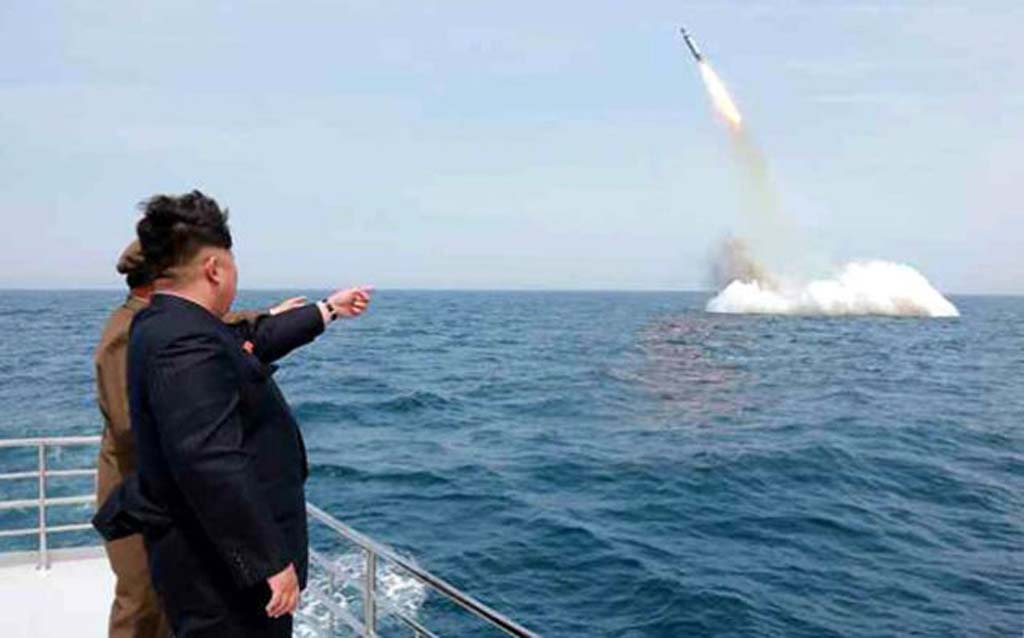
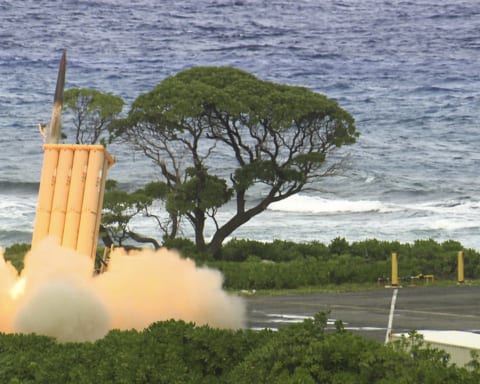



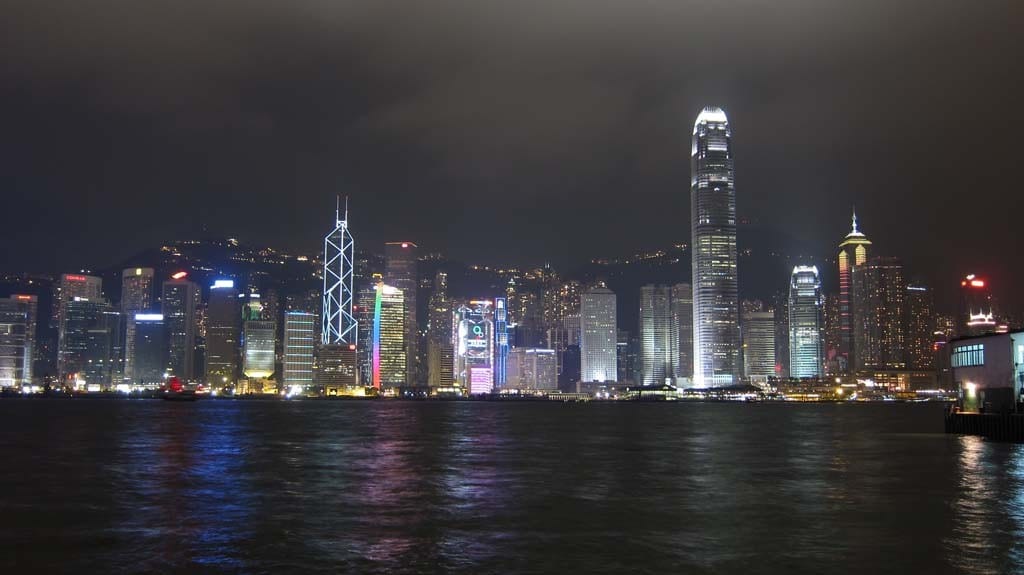
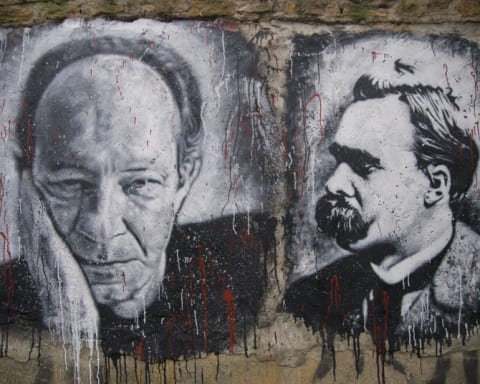
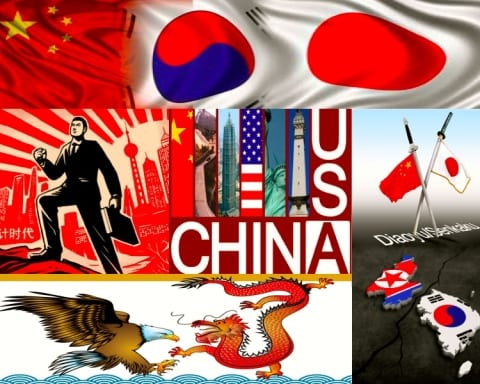
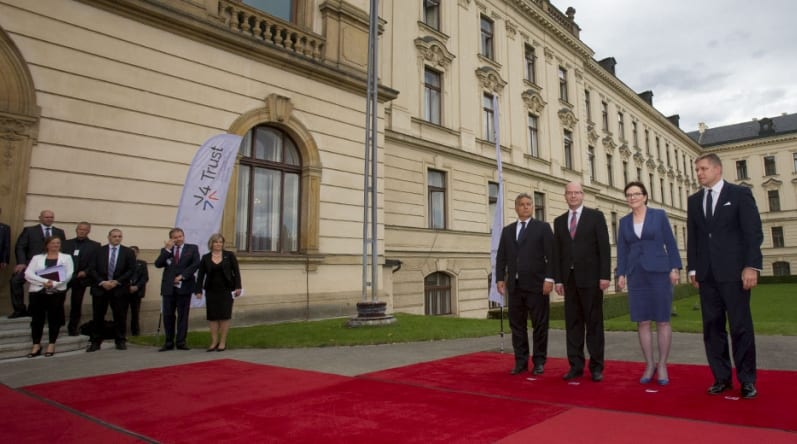



Great read.